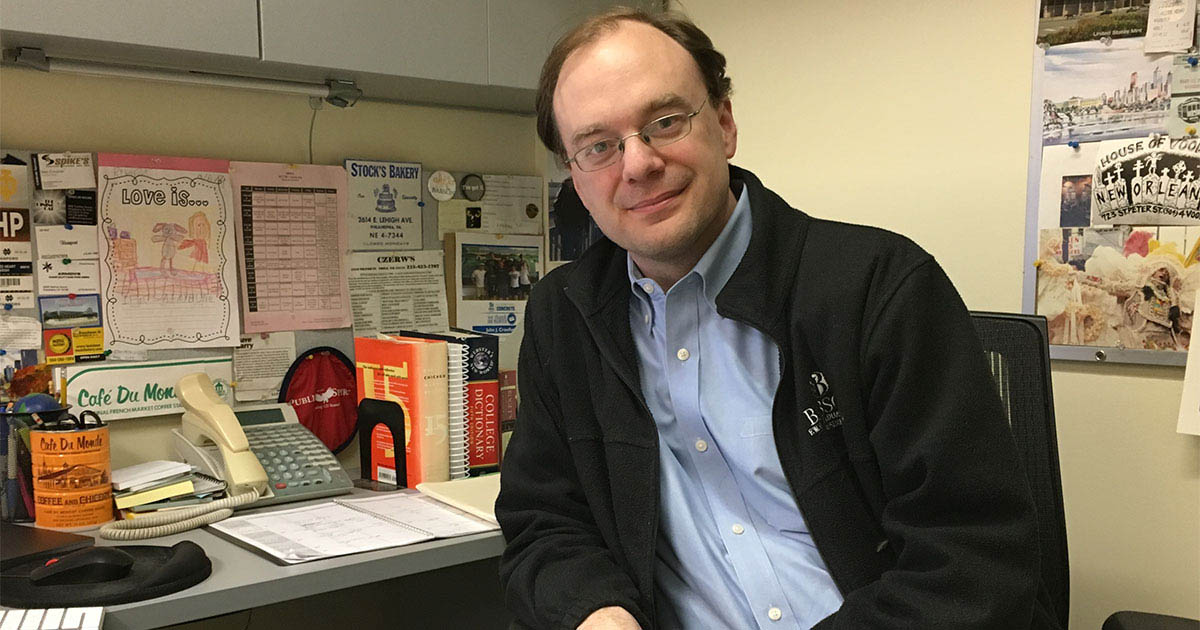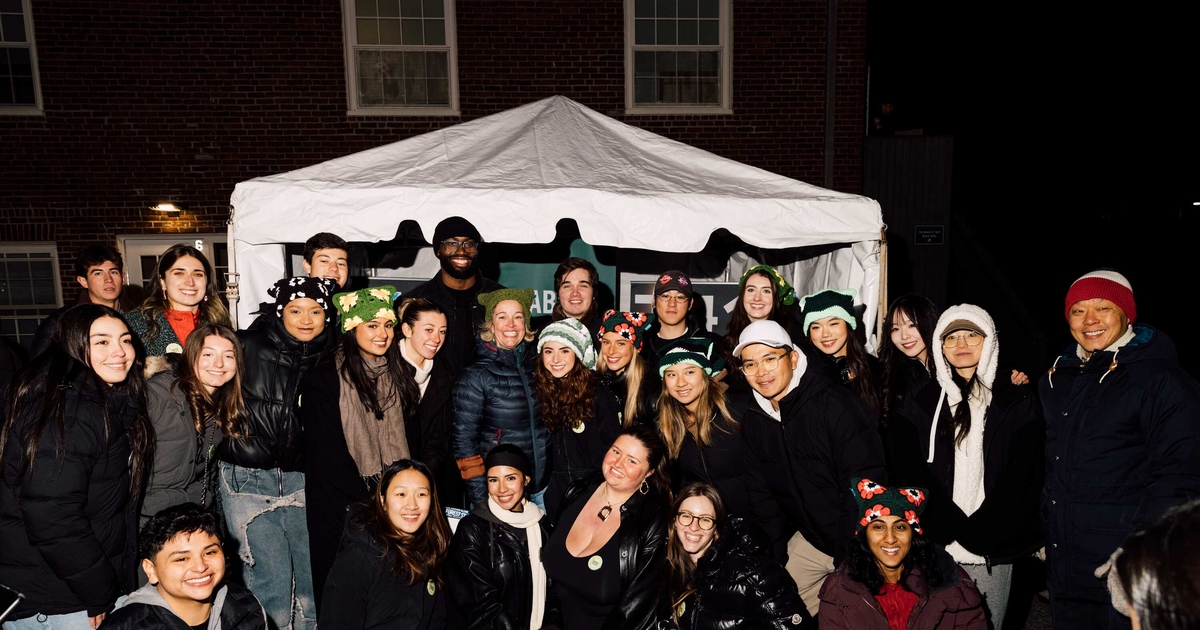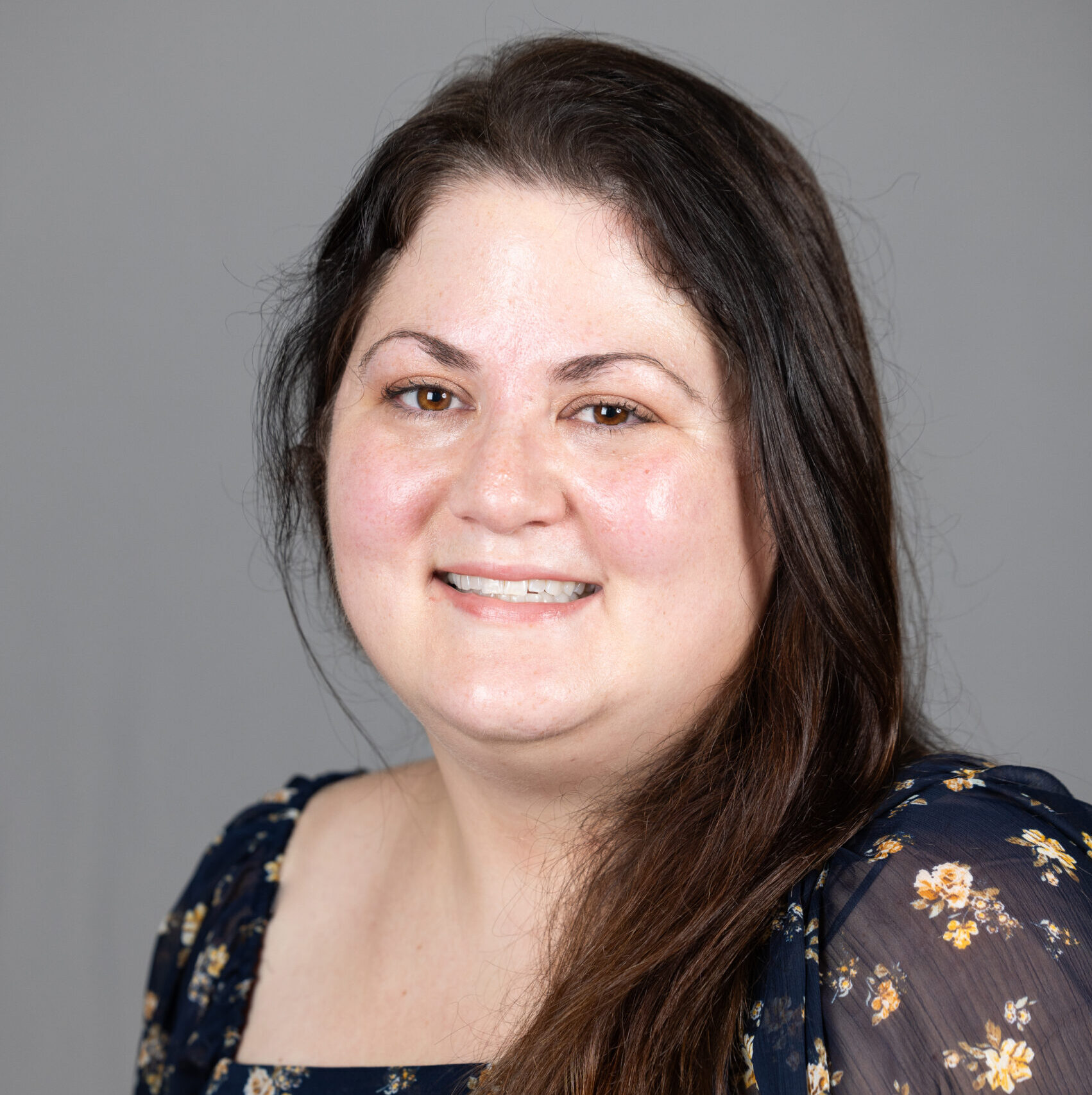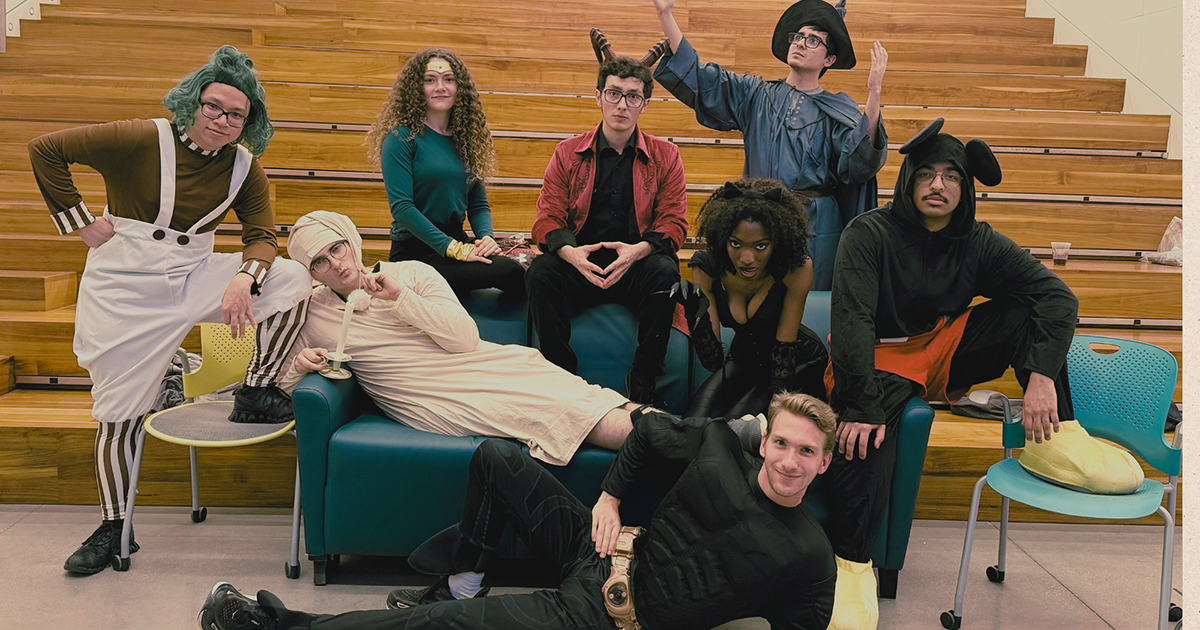What is Blockchain?

Everyone from major banking institutions to John Oliver on Last Week Tonight is talking about blockchain.
Why?
At the beginning of Hash Power, a three-part audio documentary exploring blockchain, Patrick O’Shaughnessy, publisher of The Investor’s Field Guide, says, “Nothing that is this early in its development is easy to understand.” But just because it’s hard to understand doesn’t mean you should dismiss it as a buzzword.
Blockchain is still “geeky and hard to use,” says John Hargrave MBA ’04, CEO of Media Shower and publisher of Bitcoin Market Journal. He wants to make blockchain accessible to ordinary investors. “Blockchain, while still in its infancy, has the potential to surpass the internet in terms of the effect it has on our lives.”
Hargrave isn’t alone in thinking blockchain is on the cusp of a tidal wave. As the blockchain experts see it, the more you try to understand blockchain, the more opportunity you’ll uncover—and the more our global society stands to benefit.
Beyond the Buzzword
Hargrave uses an analogy to contextualize blockchain: websites are to the internet what cryptocurrencies are to blockchain. “What is needed is layers of tech that abstract from the difficult technical underpinnings below.”
“Blockchain is basically a database; that’s the easiest way to think about it,” says Naval Ravikant, CEO and co-founder of AngelList, during Hash Power. “It’s sort of like a ledger, like an accounting ledger that you can put entries into—and in this case, it’s what we call an append-only database, we’re not taking anything out of it, so if we want to cancel something we just put another entry that reverses it.”
The blockchain not only stores digital assets, but it’s also a way to track ownership of these assets. These assets have value because we agree that they have a certain value.
Similarly, Babson Professor of Finance John Edmunds defines blockchain as “a series of transactions which is agreed upon by consensus.” Each transaction is sent out to various people and is checked for validity, and if it’s valid, it becomes part of the chain.
What makes this database different is it’s a distributed, global, decentralized database. It’s hosted by many computers instead of one central server. And it’s freely available to anyone—no one owns it.
“Blockchains … may also represent a leap forward in our ability to coordinate activity globally by creating little markets for specific things with their own tokens, and their own way of earning and spending these tokens, almost like a fairground,” said O’Shaughnessy.
A futuristic example Ravikant gives is a system in which everyone has a solar panel on their rooftop. They’re not using all the power all the time. The model would allow you to get paid in solar coin for providing extra solar power into the network, or, conversely, paying in solar coin to get power out of the network. It’s permission-less: you get your solar panel, hook it up to the network, and get paid.
With records stored among vast numbers of computers instead of one, blockchain is also extremely secure.
“It’s impossible to hack because of the cryptography that was used,” adds Edmunds. “It’s visible to anybody, but the chain cannot be altered except by people who have the private key for a particular asset involved.
Essentially, blockchain allows you to share and secure data in a reliable, easy-to-access way that improves security, efficiency, and trust.
What’s Next?
Blockchain is already a global phenomenon. While governments grapple with how—or how not—to regulate projects built on the blockchain, Hargrave urges businesses and individuals to “get some skin in the game” to better understand the concept. But, do so with a heavy dose of education. “You’re not going to invest your kids’ college fund,” he says with a laugh. “Invest a little bit, not more than you’re willing to lose.” If nothing else, start a conversation and learn more about the potential opportunities.
“So many things need to get built. Just do it,” urges Hargrave. “Don’t ask permission, no one is going to give you permission. That’s the entrepreneur ethic: we see a need or opportunity and we just do it.”
Posted in Insights






